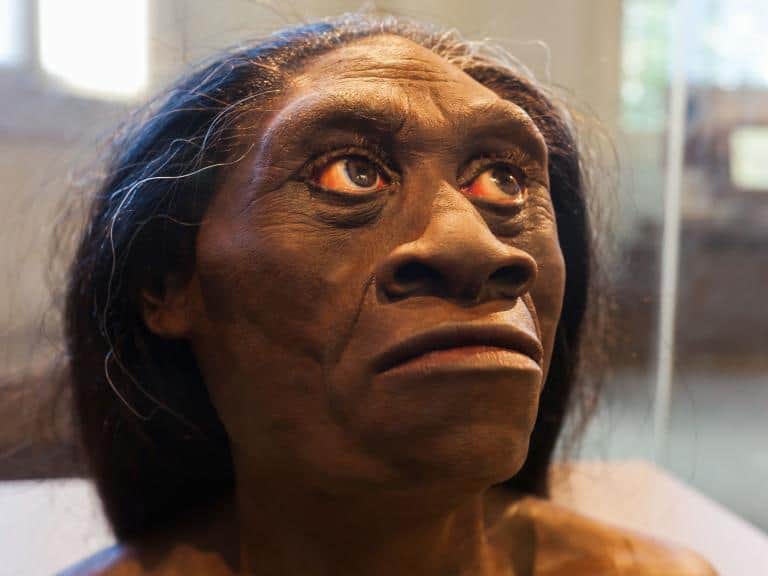INDONESIA (Staff Report) – A team of Australian-led researchers have discovered a 700,000-year-old hobbit on the Indonesian island of Flores, shedding new light on human evolution.
The new fossils, however, are not extensive. A partial lower jaw and six teeth, belonging to at least one adult and two children, are all researchers have.
The dwarf-like ancestors of modern man stood at just one metre tall and are estimated to be a million years older than a hobbit found on the island a decade ago. Researchers have termed the discovery as an important step in understanding evolution.
The University of Wollongong’s Gert van den Bergh led the team who found the fragments. Talking about the teeny weeny brains he suggested that shrinking may have occurred because they were marooned on the island in a simple ecosystem with few predators, where perhaps they did not need such a big brain.
“But what is clear is that they made stone tools, so they weren’t stupid,” he said.
The process, called “island dwarfism,” was well known in animals, with some species shrinking as much as six-fold in adapting to an environment with fewer resources.
Dr van den Bergh said the discovery was significant because the fossils were much older than the previous hobbit find known as “Homo floresiensis”.
“It was such a strange creature — only a metre tall with such a tiny brain and a mixture of primitive and advanced characteristics — and nobody really knew for sure what it was or what we should conclude,” Dr van den Bergh said.
Debate over the hobbits of Mata Menge has already kicked off. Other researchers are skeptical of the idea that the cave hobbits and the Mata Menge hobbits are closely related.
An independent reviewer for the Nature journal, Aida Gomez-Robles from George Washington University’s Department of Anthropology, backs the link between Homo erectus and Homo floresiensis.
Following is a short insight into the discovery and how it can totally revamp the concepts of evolution.
https://www.youtube.com/watch?v=ewI3i5v0LzE













